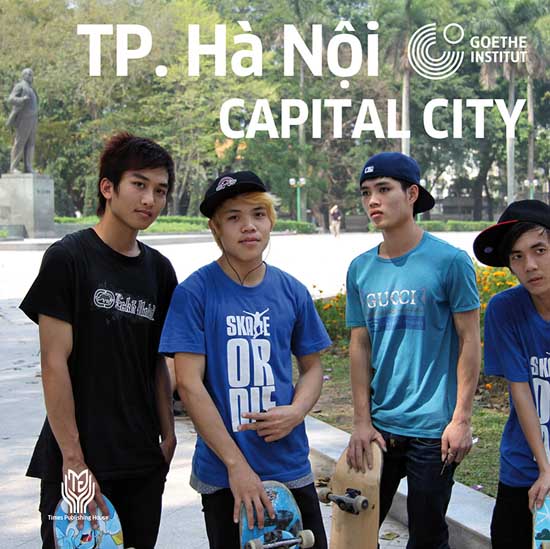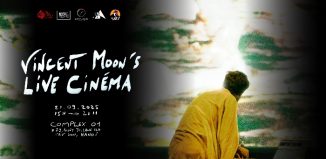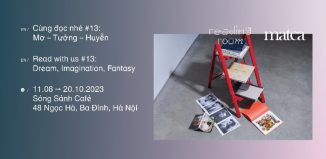Call for Contributions for Photo Book “TP. Hà Nội CAPITAL CITY”

Call for Contributions for Photo Book “TP. Hà Nội CAPITAL CITY”
Deadline: 01 Jul 2014
From Goethe Institut:
You are welcome to contribute your photos for Photo Book “TP. Hà Nội CAPITAL CITY”.
The main aim of the photo book “TP. Hà Nội CAPITAL City” developed in joint cooperation with Goethe Institute Vietnam is to visualize the recent urban change from a comprehensive spatial and social perspective and finally to contribute to a more sustainable development, in general. Given the rich history of Hanoi also aspects of heritage, art, culture and of the villages in the red river delta with traditional linkages to the capital city will be covered.
Its format, contents and design builds upon the highly successful photo book “TP. Hồ Chí Minh MEGA City” published in early 2014 in collaboration with the Goethe-Institut and with support from manifold companies and endorsement from numerous Vietnamese institutions. Publication date is due to January 2015.
Your photo contribution to this exciting project would be highly appreciated. The deadline for submissions is 1st of July 2014. This is a purely non-profit project. Sponsor money will only be invested into the production of book. Therefore no honorarium is paid. Contributors will receive complimentary hard copies of the photo book, though.
Hanoi, Vietnam’s capital city, is one of the most beautiful urban sites in Southeast Asia. Already in the year 1010 it got founded under the name of “Thang Long”, as seat of the Vietnamese emperor in the midst of the Red River delta. Various historic influences mix there and form an inspiring mélange of different architecture: relics of stately grandeur from the imperial era, the lavish boulevards, lined with trees, from French colonial rule; ostentatious villas in quiet gardens; numerous peaceful pagodas; uncountable representative buildings from the peak of socialist planned economy; and new buildings signaling the capitalist economy, growth and Đổi mới. The city administration has ambitious plans: its goal is to develop Hanoi into a modern and “civilized” metropolis (văn minh đô thị). Hanoi has been growing not only economically, but also geographically. Hà Tây, the former neighboring province west of the city, and other smaller provinces around Hanoi have been absorbed into the metropolis since 2008.
Hanoi’s growth and economic development is at a crossroads, though. How can Hanoi position itself as a world-class city in global competition without giving up its rich cultural and urban-architectural heritage? The city has further to live up to the demands of the higher living standards of its citizens; has to cope with the constant migration of the rural population to the city; overcome its traffic problems and, last but not least, provide an attractive location for international investors and knowledge-based industries. The charms of the inner city might be an attraction to the much wooed creative classes that should not be underestimated. In general, the challenge for Hanoi is to build on its uniqueness under global competition, instead of just falling back on it.
Following chapters are envisaged at the moment:
- Hanoi from above
- Change over time
- Hanoi heritage
- Housing
- Waterways
- The people of Hanoi
- Urban transport
- Hanoi villages
- Cultural life
- The soul of Hanoi
Michael Waibel as leading editor is a geographer at the University of Hamburg and did publish his PhD thesis on urban development of Vietnam’s capital in 2001. Ever since he has come back on a very regular basis – usually in the context of research and lecturing activities – and extensively documented the urban change.
“The first time I came to Hanoi in 1996, I fell in love with the city.”
Please don’t hesitate to contact Michael Waibel for further information: [email protected].














